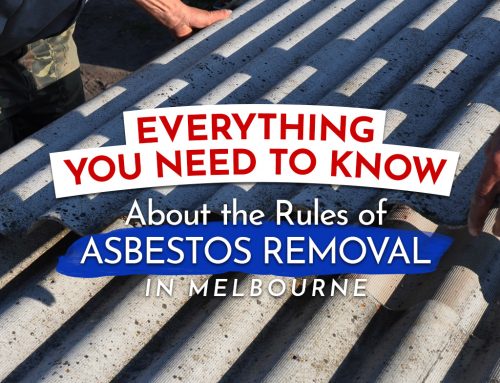Asbestos comes in many forms and each of them used or present in construction materials according to the type of properties they have. Generally, there are six types of asbestos differentiated according to type of fibers as well as colors. The two general types of asbestos include amphiboles and serpentine; there’s only one type of serpentine asbestos, with the rest belonging to amphiboles.
Chrysotile (white)
About 90% of asbestos products are made of chrysotile, a white, curly-fibered asbestos belonging to the serpentine group and made mostly of magnesium silicilate. Its popularity is mainly due to its finer constitution, high flexibility, and heat resistance. As such, this type of asbestos can be found in:
● Insulation
● Brake pads and linings
● Joint compounds
● Roofing materials
● Cement
Among other types of asbestos, it takes relatively longer exposure to chrysotile asbestos before one can manifest any signs and symptoms of asbestos-related disease.
Amosite (brown)
Classified under the amphibole group, this type of asbestos has straight fibers and contains iron and magnesium and generally mined in the Transvaal province of South Africa. Its excellent tensile strength and heat resistance made it in demand for:
● Insulation boards
● Thermal and plumbing insulation
● Gaskets
● Tiles for ceilings, roofs, and floors
● Roofing products
● Electrical and chemical insulation
Exposure to amosite gives one a higher probability of developing lung cancer, mesothelioma, and asbestosis compared to other types of asbestos fibers.
Crocidolite (blue)
A type of asbestos that has straight fibers and made up of sodium iron magnesium silicate, crocidolite asbestos has lesser industrial value due to its low resistance to heat in comparison with amosite and chrysotile asbestos. It is mostly found it:
● Cement sheets that have asbestos
● Acid storage battery casings
● Insulation boards and spray-on insulation
● Water enclosures
● Electrical wires
● Millboards
Its minute and thin type of fibers makes crocidolite asbestos the most deadly among other asbestos. It can be inhaled easily and its very thin structure makes it lodge to lung tissues and pleural linings easier.
Anthophyllite (brown)
Made mostly out of iron and magnesium, anthophyllite asbestos is not mined extensively for commercial use. It’s found mostly as contaminants in asbestos-containing materials, as well as present in talc and talcum powder, which is often used in cosmetics.
Actinolite (white or brown)
A rare type of asbestos, actinolite is commonly found in metamorphic rocks and is the rarest type of asbestos. Because of this, it is often mixed with vermiculite (a sub-form of asbestos) as well as other types of materials such as:
● Gardening
● Insulation
● Fire-proofing
● Concrete materials
● Paint
● Joint compounds
● Sealants
Tremolite (white or brown)
Unlike other forms of asbestos, tremolite is highly flexible making it possible to be woven and spun into cloth materials. It’s a compound structure made up of calcium, magnesium, hydrogen, oxygen and silicon, mostly used for its insulation and fireproofing properties. Tremolite can be found in:
● Sealants
● Insulations
● Paints
● Plumbing materials
● Roofing
The minute composition of tremolite increases the risk of developing lung cancer as well as other respiratory conditions.
It can be hard to differentiate what type of asbestos is present in your homes, and the most conclusive way to identify what kind of asbestos you are dealing with is through lab testing. Testing and analysis should be done prior to asbestos disposal in Melbourne, and both should be done by trained and qualified asbestos removalists. It’s better to be safe and proceed with caution when it comes to asbestos, and avoid costly expenses involving medical treatments due to prolonged asbestos exposure.





